Riesling White Wine Grapes - Characteristics Taste & Color
Uncover Riesling White Wine Grapes - Characteristics, Taste & Color
This variety of grape stands out for its ability to reflect both climate and craftsmanship like few others. Having explored vineyards across regions, we’ve seen firsthand how its acidity, sweetness, and nuanced flavors transform based on where and how it’s grown.
Top 5 Takeaways
-
This variety has adapted to diverse climates worldwide.
-
Naturally balanced with acidity and subtle sweetness, it develops aromas ranging from citrus and floral to mineral and aged complexity.
-
Cooler climates produce crisp, high-acid expressions, while warmer regions create fuller-bodied, fruit-forward styles.
-
Its color shifts from pale straw in youth to deep gold with age, reflecting changes in complexity, structure, and flavor evolution.
-
High acidity makes it a versatile pairing for seafood, spicy dishes, and rich, traditional cuisine, enhancing both delicate and bold flavors.
Its History
Its origin links back to Germany's Rhine region. The first records date back to the 15th century, celebrating its cold-weather resilience, which spurred widespread growth.
Riesling cultivation gradually extended to other parts of the globe. From being a regional fruit to becoming a global choice, it has proved its resilience and superior potential.
Key Characteristics
Known for their adaptability, their varieties flourish in diverse soils and climates. Optimal conditions for growing them include cool climates with extended growing seasons, allowing the fruit to reach full maturity while preserving their signature high acidity.
Round and small, they possess a thin skin prone to disease, necessitating careful vineyard management. When fully ripe, these green-yellow fruits can transform into a golden hue. High acidity, another quality highlight, forms the foundation of its versatility.
Analyzing Its Taste Profile
New, intricate layers unfold with each inhalation. Distinct notes of crisp apple, succulent peach, and a mineral-like essence can be discerned in every sip, showcasing a testament to its terroir.
Captivatingly, they blend sweet and acidic tones, offering complexity in every sip. This balance, combined with the sweetness variations, makes them an intriguing and delightful experience for all enthusiasts.
Understanding Its Color Spectrum
They display colors ranging from pale straw to deep gold, each indicating style and aging processes. Lighter hues often belong to younger ones, whereas aged Rieslings adopt a golden shade.
Far from a mere aesthetic pleasure, these colors narrate its journey from harvest to bottle. They reveal details about the variety, viticultural practices, vinification methods, and aging process.
Pairing Food With Riesling Wine
A lively acidity and aromatic bouquet make this an ideal partner for many dishes.
Seafood dishes pair beautifully with its crisp and refreshing character. Spicy food also harmonizes wonderfully with it.
Its inherent sweetness balances the heat from the spices, and vibrant acidity refreshes your palate after each bite.
“Riesling stands as a unique grape that reveals natural elements from its geographical site and the actions of its creators. Visiting vineyards spanning from steep Mosel mountains to sunny Australian valleys has allowed us to see directly how climate influences Riesling's acid content, sweetness levels, and aroma expression. Each bottle created from Riesling reveals distinct stories about climate and maturation because the wine develops different aromatic profiles from cool regions to warm climates. White wine demonstrates impressive longevity through its gradual transformation of taste as well as color evolution, which establishes it as one of the most exceptional white wines in global production.”

Supporting Facts and Statistics
Riesling’s versatility and global influence are backed by strong data. Through vineyard visits and industry insights, we’ve seen how this grape thrives in diverse climates and shapes regional economies.
1. Washington State’s Riesling Powerhouse
-
The state has 50,000+ acres of wine grapes, with Riesling as a core variety.
-
Winemakers praise its ability to retain acidity, even in warmer seasons.
-
Washington is the second-largest wine-producing state in the U.S.
📌 Source: washingtonwine.org
2. New York’s Riesling-Driven Economy
-
The state’s wine industry generates $6.65 billion annually.
-
The Finger Lakes region is renowned for its age-worthy Riesling.
-
Slow ripening in cool climates enhances depth and longevity.
3. A Smart Choice for Lighter Drinking
-
A standard glass of Riesling contains 115 calories—lighter than many other white wines.
-
Balanced acidity, moderate alcohol, and refreshing fruit flavors make it an easy, mindful choice.
📌 Source: winepros.org
Riesling is more than just a wine—it’s a global experience shaped by climate, craftsmanship, and tradition.
Final Thoughts & Opinion
From its historic roots to its evolution across continents, its ability to thrive in diverse conditions and express a profound sense of place is remarkable.
What Makes It Stand Out?
-
Adapts to different climates, showcasing unique expressions across regions.
-
Balances freshness and sweetness, making it highly versatile.
-
Develops complexity with age, transforming from crisp and fruit-forward to deep and honeyed.
First-Hand Observations
Having walked through vineyards where these golden clusters thrive, I’ve seen how:
-
Soil and Elevation – Influence its structure and minerality.
-
Winemaking Techniques – Shape its final profile, from dry to richly sweet.
The evolution in every sip is what makes this one of the most rewarding discoveries in fine beverages.
Frequently Asked Questions
What kind of grapes make Riesling?
Riesling wine is made from the Riesling variety of grapes. These grapes are white, aromatic, and originated in the Rhine region of Germany.
Is a Riesling a Chardonnay?
No, a Riesling is not a Chardonnay. They are both types of white wines, but they come from different types of grapes - Riesling from Riesling grapes and Chardonnay from Chardonnay grapes.
Is Riesling Sauvignon Blanc?
Riesling is not Sauvignon Blanc. They are distinct types of white wine, each made from their respective types of grapes - Riesling grapes and Sauvignon Blanc grapes.
Is Riesling similar to Pinot Gris?
Riesling and Pinot Gris are similar in that they are both types of white wine. However, their flavors can be quite different, as Pinot Gris tends to be fuller-bodied with more spice notes, while Riesling is often more aromatic and fruity.
What are the three types of Riesling?
The three types of Riesling are Dry Riesling, Off-Dry Riesling, and Sweet Riesling. These types refer to the level of sweetness in the wine, with Dry being the least sweet and Sweet being the most sweet.
What grape is used in Pinot Grigio?
Pinot Grigio wine is made from the Pinot Gris grape. This grape is a white wine grape, with a grayish-blue fruit, accounting for its name, which means "gray" in French.
Can you eat Riesling grapes?
Yes, you can eat Riesling grapes. While they are primarily grown for wine production, they are perfectly safe to eat and have a sweet, fruity flavor.
What are the hardest wine grapes to grow?
Nebbiolo, Pinot Noir, and Grenache are considered some of the most difficult wine grapes to grow. These varieties are highly sensitive to environmental conditions and require very specific climates to thrive.
Do Riesling grapes taste good?
Riesling grapes taste good. They are known for their high acidity and pronounced fruity flavors. They can be very sweet, but they also have a crisp, refreshing quality.
What are the three types of grapes used to make wine?
The three main types of grapes used to make wine are Vitis Vinifera, Vitis Labrusca, and Vitis Rotundifolia. Vitis Vinifera includes varieties like Cabernet Sauvignon, Merlot, and Riesling, Vitis Labrusca includes American varieties like Concord, and Vitis Rotundifolia includes Muscadine grapes.
What is the difference between Moscato and Riesling?
Moscato and Riesling are both types of white wine, but they have different flavor profiles. Moscato is usually sweeter, with a light and fruity flavor, while Riesling can range from dry to sweet and often has a crisp, acidic finish.
Is Riesling a noble grape?
Yes, Riesling is considered one of the "noble" grapes. The term noble grapes refers to the traditional varieties of grapes from which the most respected and widely known types of wine are made, which includes Riesling.
Join us for a look into our elegant approach to winemaking and gracious hospitality. We welcome our members and their guests by appointment only. Become a member or book an event by visiting CasaLoce.com
Casa Locé
Upper Ojai California
10065 N Ojai Rd, Ojai, CA 93023
https://maps.app.goo.gl/E7YQCnXAFHq1bKz46




